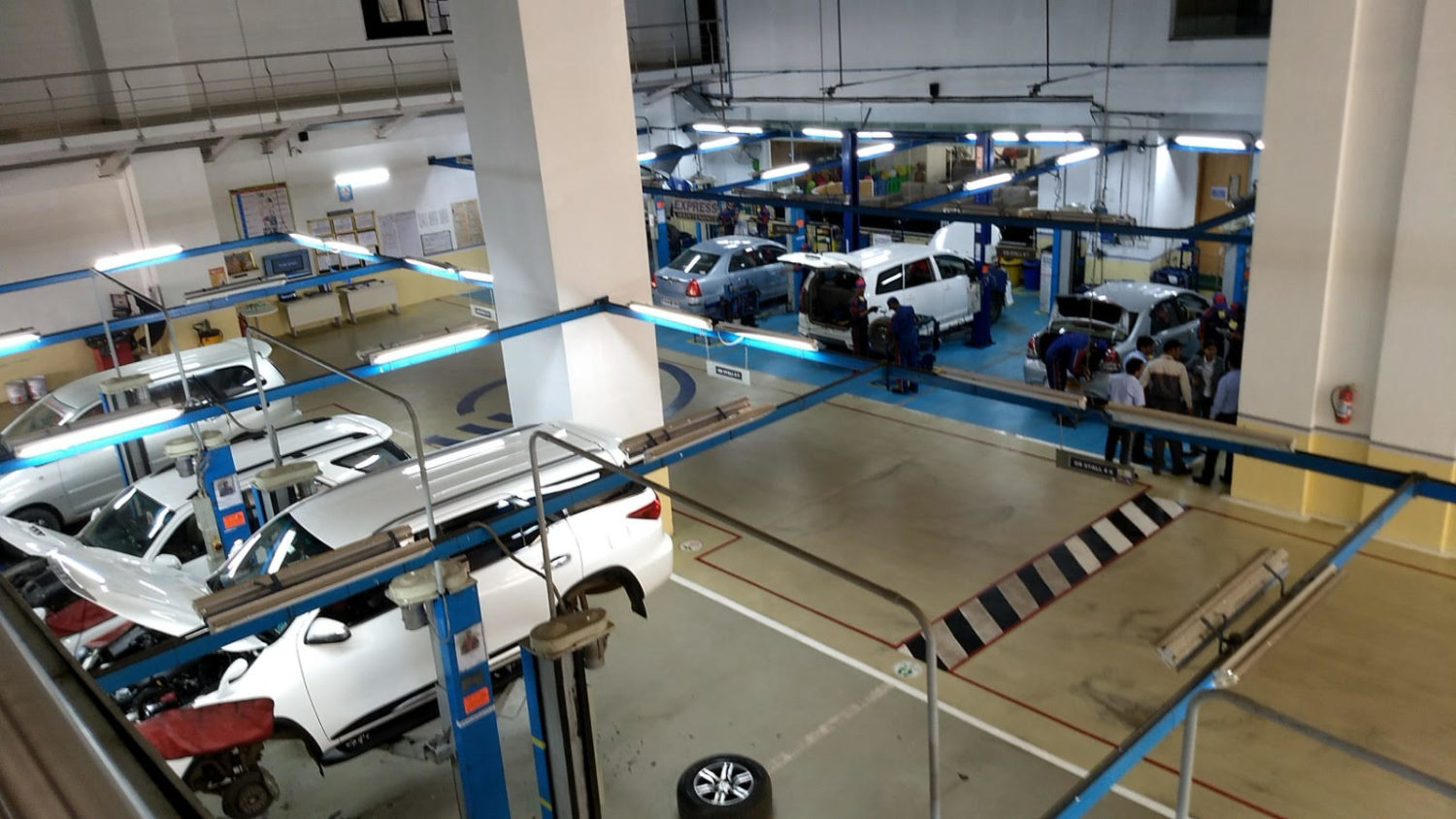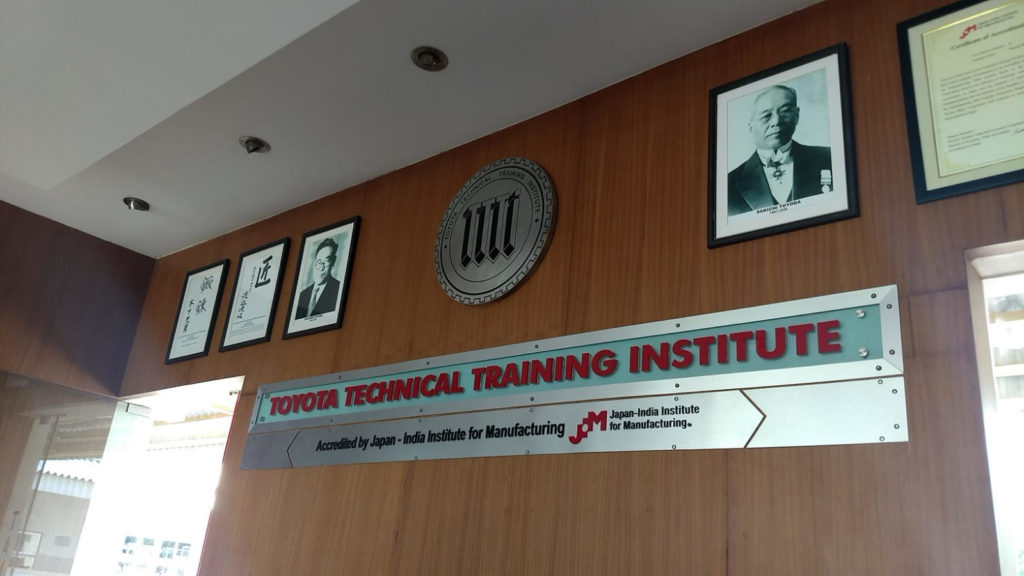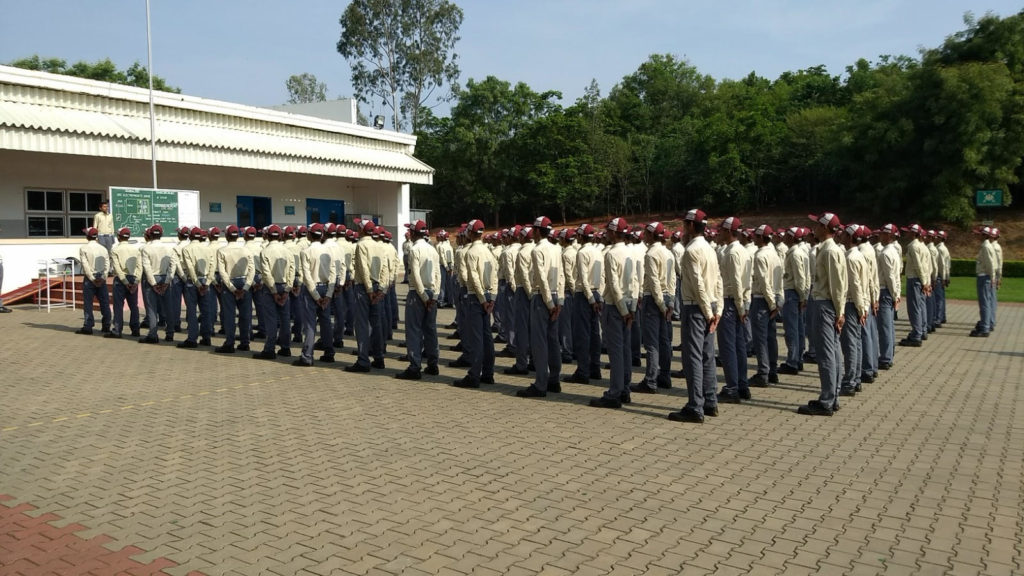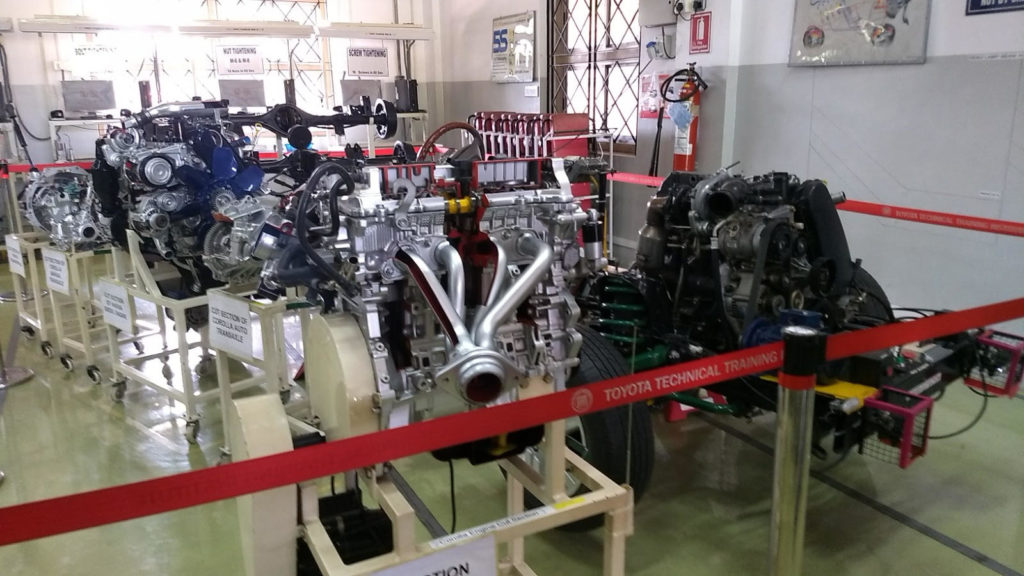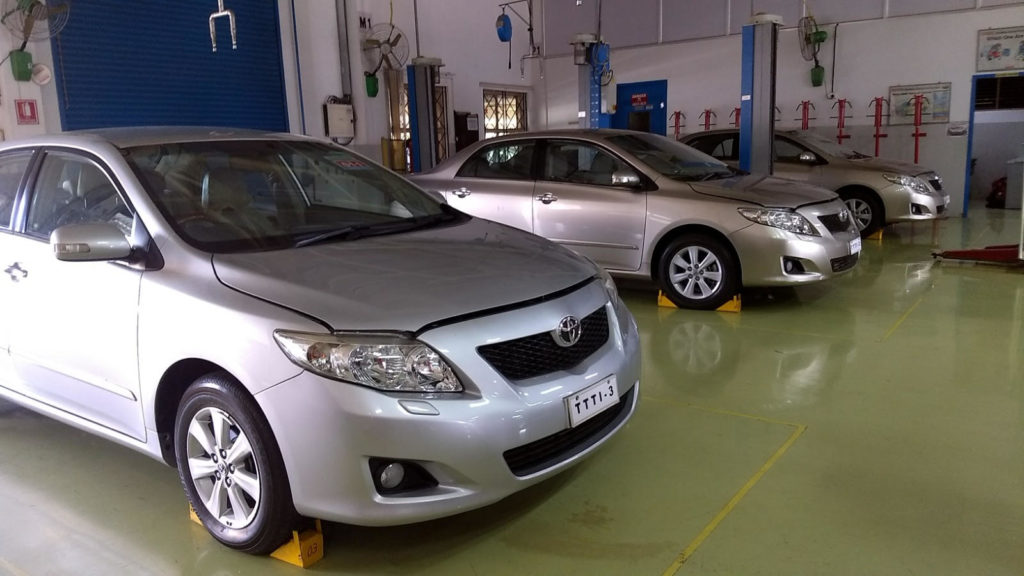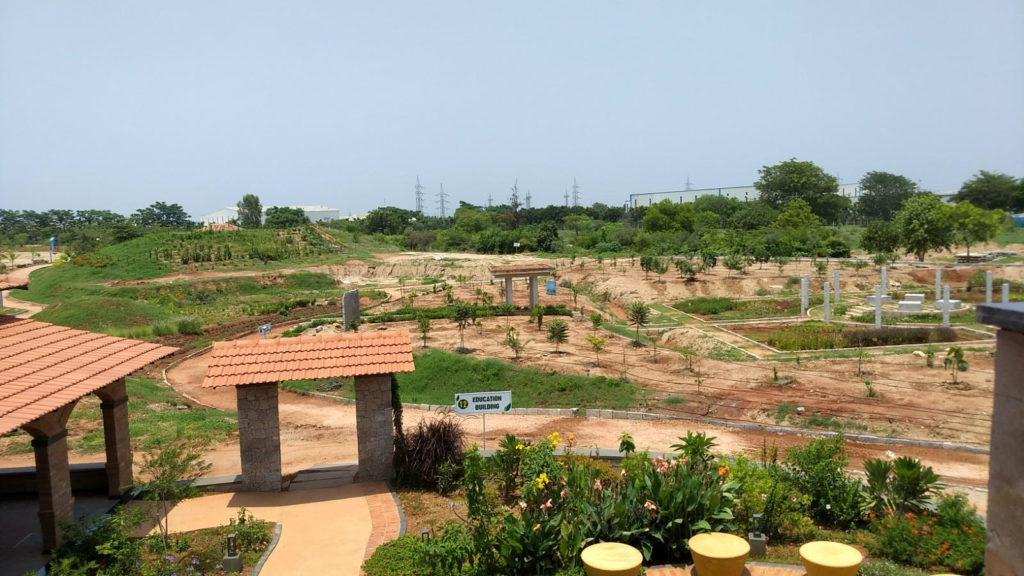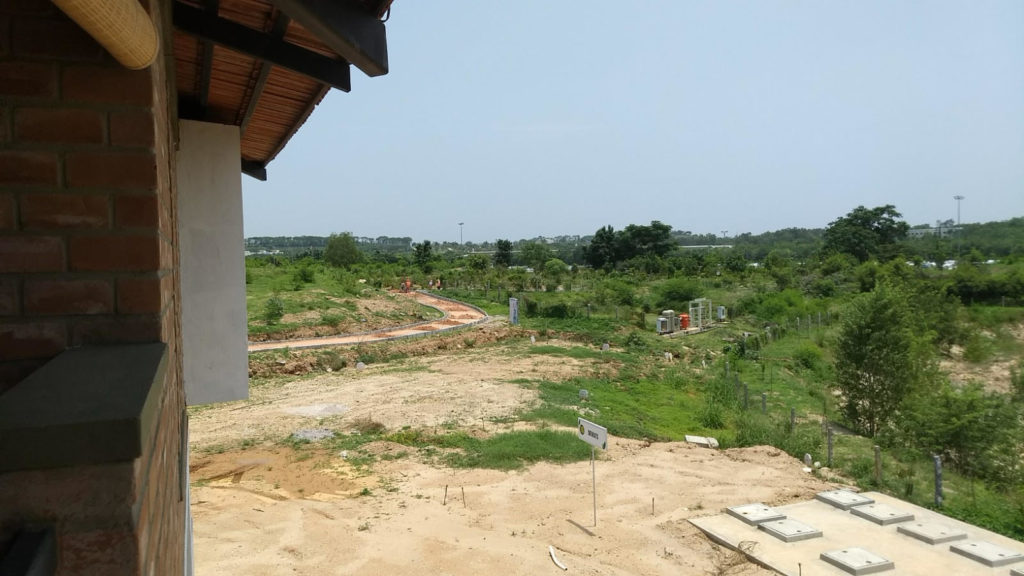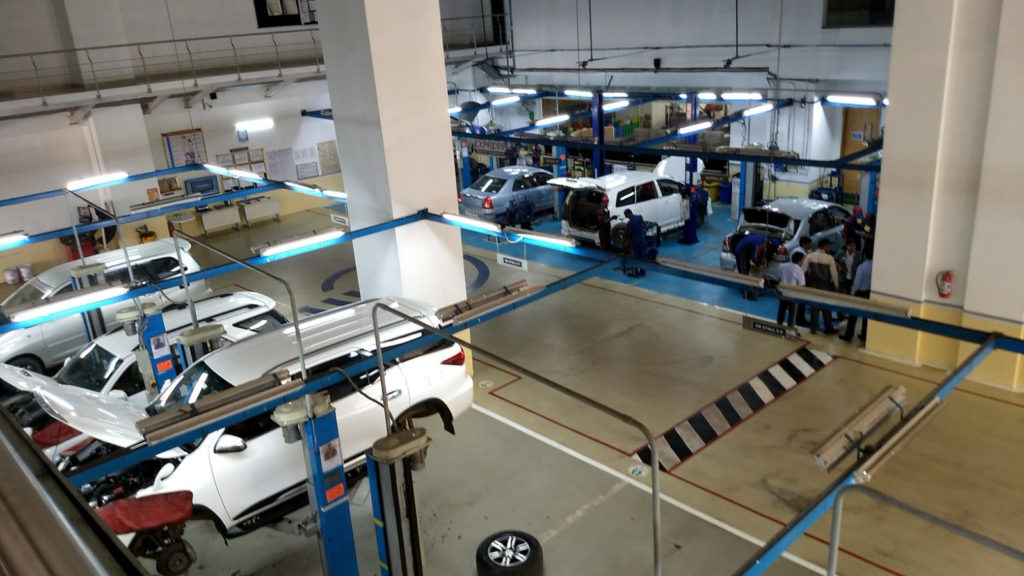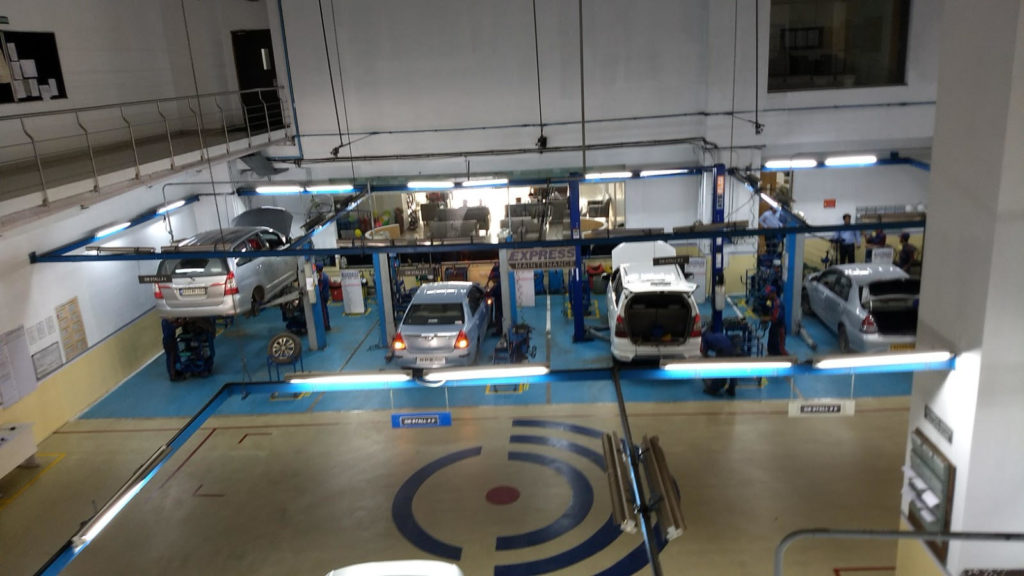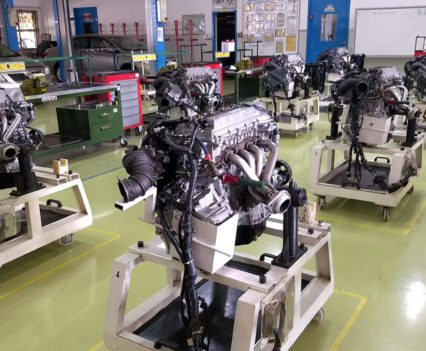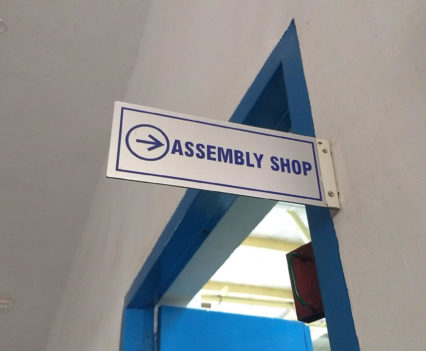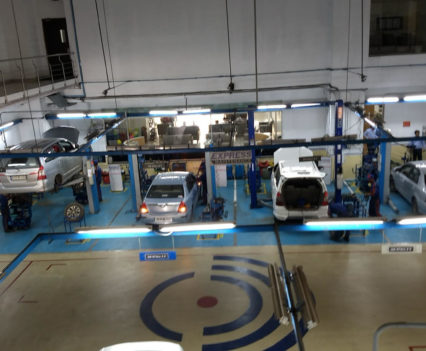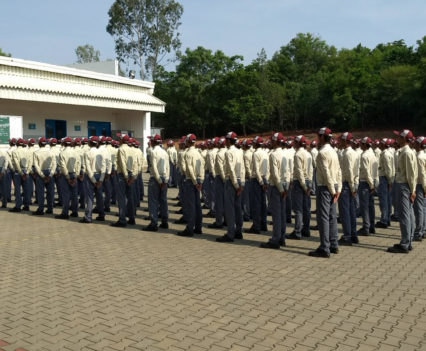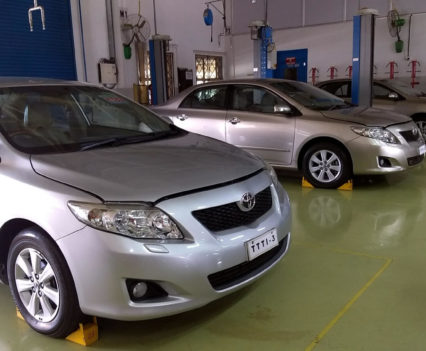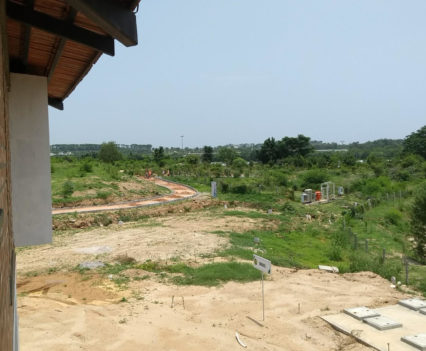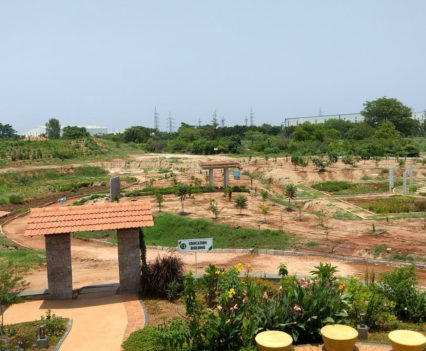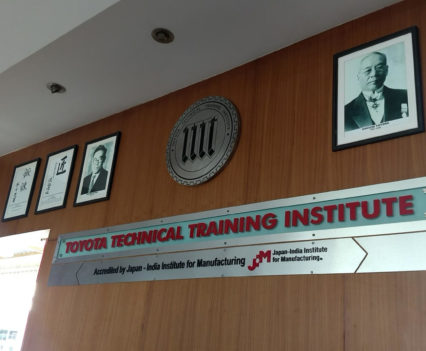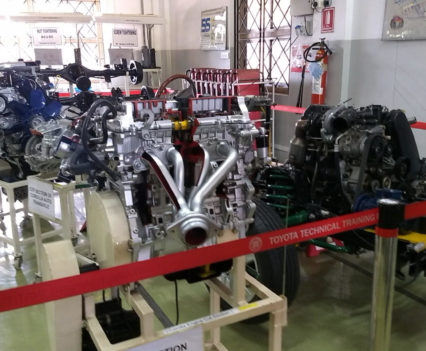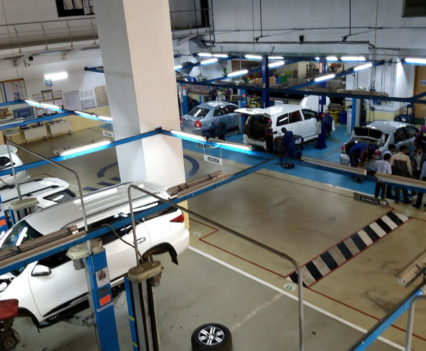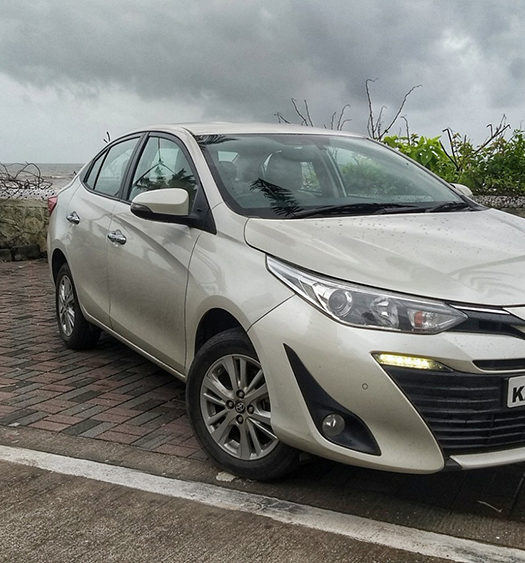Japanese auto giant Toyota is celebrating 20 years in India in 2019 and to celebrate this occasion, the car maker recently opened doors of its manufacturing facility in Bidadi, Bengaluru to automotive journalists from across India. The plant tour not only aimed at showcasing Toyota’s manufacturing but intellectual prowess as well. We got an in depth behind the scenes look.
The Qualis, its debutante came in the year 2000 and would go on to become one of the longest selling cars; a feat which was later replicated by the Innova. The new Innova Crysta and the Fortuner SUV are currently the best sellers for Toyota in India. Apart from these, the Made for India Etios Liva and Etios sedan are also very popular among buyers.
The visit was organised into tours of various departments, each of which are designed around a central tenet. While photography was permitted in some areas, we were restricted in others.
The first department that we visited was the Toyota Technical Training Institute (TTTI), where students are trained to work on real life scenarios, rather than assimilate theoretical knowledge. Apart from real technical training, they are also imparted with managerial skills for leadership roles to minimise error and maximize efficiency.
This training is imparted to 64 students that are selected from 6000 aspirants from rural areas. This number is expected to go up in the coming times. The trainees are capable of dismantling and reassembling a Toyota car all by themselves. We paid a visit to the classrooms and practical workshops too.
The second department is the main production line, which is divided into two parts; one dedicated to the manufacturing of Innova and Fortuner, while the other is dedicated to that of the Etios, Corolla and Camry. Also on this 432-acre facility is an on-site supplier and a warehouse that ships parts for both Toyota and Lexus pan India. The manufacturing facility is 6400 employees strong and can produce 3lakh units annually. This hub transports spares to dealerships across the country on a daily basis.
The third department is Toyota’s CSR initiative: the Eco Park. This space has been developed using fully recycled material and is powered by 87% renewable energy, of which solar panels are also a part. It inculcates fringe farming, the produce of which is served to trainees. The trainees reside on site in purpose built dormitories and have access to amenities and allowances, of which, theme parks built within the Eco Park are a part.
Of the many principles that are the pillars of “The Toyota way”, safety and continuous improvement or Kaizen as they call it, are some of the most important.
Safety measures are a part of everyday activities with regular mock drills being conducted to ensure response to incidents are not merely reactive but proactive and well planned out in advance. Use of safety equipment such as steel toe shoes in the shop floor and walking along guided routes is also mandatory for every one present on the shop floor. The use of mobile phones is also discouraged while walking in the plant premises for safety reasons.
As we approached the front-end operations, we were made abreast of Toyota’s Customer First philosophy that forms the backbone of pre-sales, sales, post-sales and repurchase operations.
For pre sales, dealerships have been fitted with kiosks that enable customers to compare parameters and make informed decisions. They can opt for longer test drives to get a better feel for the car they wish to buy. Map routes for these test drives have also been displayed at the showrooms. Customers also get to choose terms of service, which makes it convenient post sales. We experienced this pre sales convenience first hand, at Viva Toyota in Bengaluru.
Toyota is known for extremely reliable service quality. In line with this, they have developed express maintenance services in 60, 90 and 120-minute packs for customers who prefer to wait at the service station rather than leave the car for a few hours. Service personnel have been trained to handle the cars with care, something many other automakers are notorious for neglecting. Apart from this,
The extensive records maintained for vehicles that were brought to dealerships further ensure that customers can get a full service history and timely reminder of the next service.
In terms of repurchase, Toyota harvests valuable parts and fluids from damaged or salvaged vehicles in a dedicated CBU recycling unit. This is done to minimise the waste generated by factory and service operations. During our visit, we also saw some brand new cars that were damaged in transit to dealerships, waiting to be dismantled and recycled. Another activity by the way of CSR is donation of engines and other components to schools of technical instruction so that students may benefit from this. Initially being supplied to institutions in Karnataka, it will make its way across the country in the near future.
Toyota’s success can be largely attributed to transparency and integrity in their practices that are designed around maximum customer satisfaction and sustainability of the ecosystem they occur in. Their best practices can be set as benchmarks; something all other organisations can aspire to live up to.

